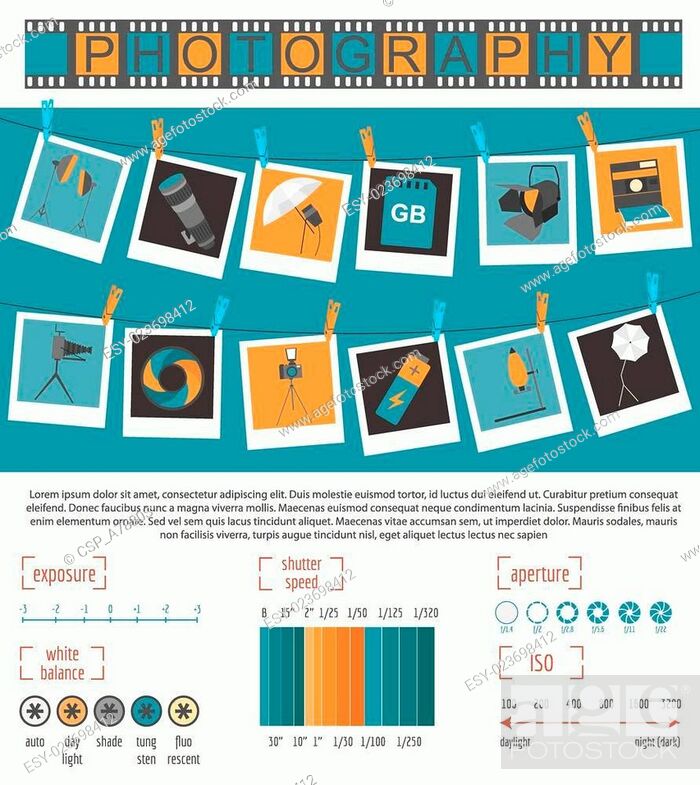What Every Photographer Must Know About Lights
What Every Photographer Must Know About Lights
Blog Article
Short Article By-Boone Godwin
As a digital photographer, you know that lights can make or break your photos. Recognizing the subtleties of both all-natural and man-made light is essential for catching the mood and clearness you aim for in your job. Whether you're chasing the ideal golden hour glow or adjust your artificial setups, understanding these aspects can elevate your photography considerably. Yet there are common pitfalls that numerous overlook, and recognizing them can change your method to every shoot. Allow's explore what you could be missing and how it can impact your results.
Understanding Natural Light
Understanding all-natural light is vital for any kind of professional photographer wanting to enhance their work. It's the foundation of excellent photography, influencing state of mind, tone, and clarity. When you fire outdoors, pay attention to the moment of day. The gold hour-- soon after sunrise and prior to sundown-- uses soft, cozy light that can transform average scenes right into sensational photos.
Don't underestimate the power of overcast days. Cloud cover diffuses sunshine, producing a soft, even light that's perfect for pictures and macro digital photography. You'll discover shades appear this type of lighting without rough darkness.
Placing matters, also. Constantly consider your topic's positioning to the light source. If the sun's behind your subject, you might wind up with a silhouette, which can be dramatic but mightn't be what you desire. Conversely, direct sunlight can create unflattering shadows.
Try out angles; often, changing your perspective can yield incredible results. Use https://www.knoxnews.com/story/money/business/2019/10/28/knoxville-20-under-20-how-austin-angel-halls-high-school-photography-business/3856517002/ -natural reflectors, like water or sand, to bounce light onto your topic, including measurement.
Mastering Artificial Light
Understanding artificial light is important for digital photographers who intend to take their abilities to the following level. Whether you're using speedlights, workshop strobes, or constant lights, comprehending how to adjust these sources can significantly boost your photos.
Begin by visit this website link with the fundamentals of light high quality, direction, and shade temperature. Experiment with different modifiers like softboxes, umbrellas, or grids to manage the gentleness or cruelty of the light.
You'll discover that soft light commonly develops flattering results, while harsher light can add drama and deepness. Do not shy away from darkness; they can improve the three-dimensionality of your topics.
Pay close attention to the placement of your lights. A light located also close to your subject can develop unflattering results, while too far can lead to a lack of detail. Utilize a light meter or your video camera's pie chart to ensure you're subjecting appropriately.
Lastly, keep in mind that synthetic light can be mixed with ambient light for creative results. Balancing these resources might take method, but once you grasp it, your digital photography will absolutely beam.
Techniques for Various Circumstances
When you step into different capturing situations, adapting your lights strategies is critical for recording the very best pictures. For exterior pictures, use the golden hour-- morning or late afternoon light-- to soften darkness and boost complexion.
If http://erlinda911johnathon.xtgem.com/__xt_blog/__xtblog_entry/__xtblog_entry/37569179-typical-errors-new-photographers-make-and-just-how-to-prevent-them?__xtblog_block_id=1#xt_blog 's an extreme midday sunlight, consider using a reflector to jump light back onto your subject or seek shaded areas for an extra also direct exposure.
In http://kathrin0ernestine.booklikes.com/post/6569516/open-your-mind-to-a-globe-of-cutting-edge-photography-ideas-that-test-conventions-and-inspire-creative-thinking-revealing-a-new-measurement-of-your-creative-vision -light circumstances, like indoor events, boost your ISO and make use of a broad aperture to allow in more light. A tripod can help eliminate video camera shake, enabling longer direct exposures without blurring.
If you're shooting at night, experiment with off-camera flash to produce vibrant lighting and deepness in your images.
For product digital photography, use diffused lighting to avoid harsh reflections. Softboxes or light tents can help achieve this impact.
When photographing landscapes, consider the instructions of light and time of day, as it can considerably change the mood of your shot.
Constantly be ready to readjust your setups and placing based on the situation, as adaptability is vital to understanding illumination in digital photography.
Verdict
To conclude, mastering lights is key to boosting your photography abilities. Embrace natural light's elegance throughout golden hour, and do not shy away from try out artificial light techniques. By adapting your approach to different situations, you'll record magnificent images that reverberate with feeling and clarity. Keep in mind, the right lighting can change a normal shot into something amazing, so keep practicing and fine-tuning your understanding of both all-natural and man-made light. Pleased capturing!
